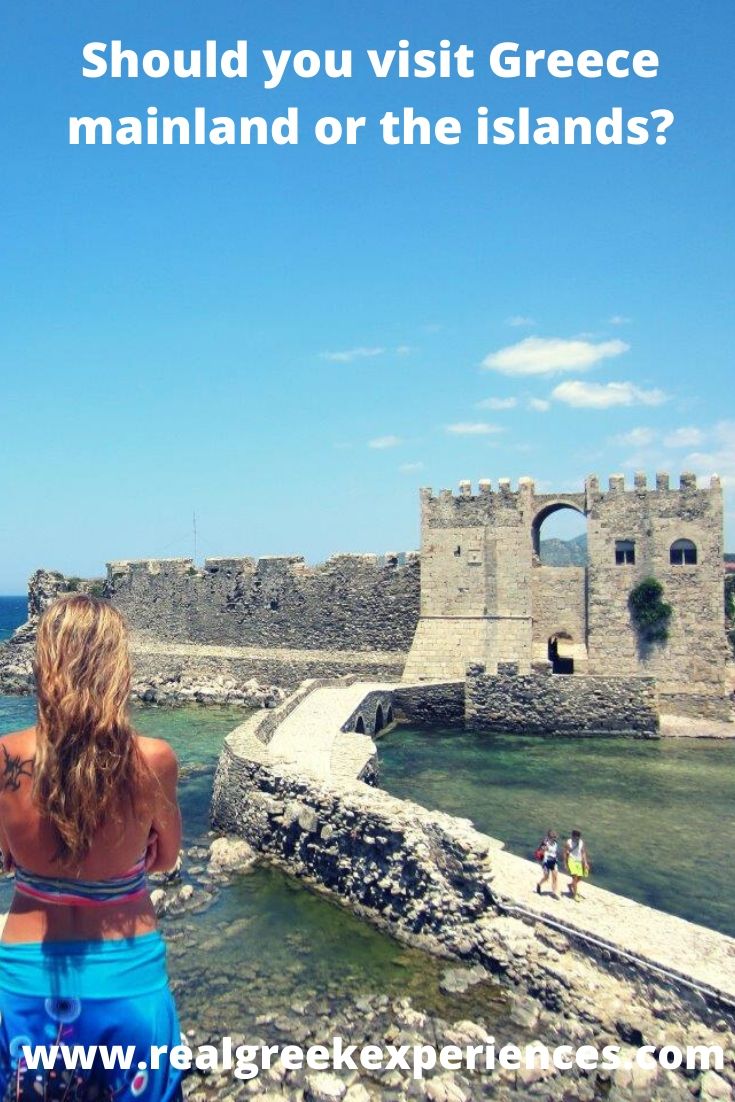A question most visitors to Greece will come up with at some point, is “should I visit mainland Greece, or the islands?” This is a really good question, especially coming from people who haven’t seen much of Greece. Here is a guide introducing all regions of Greece.
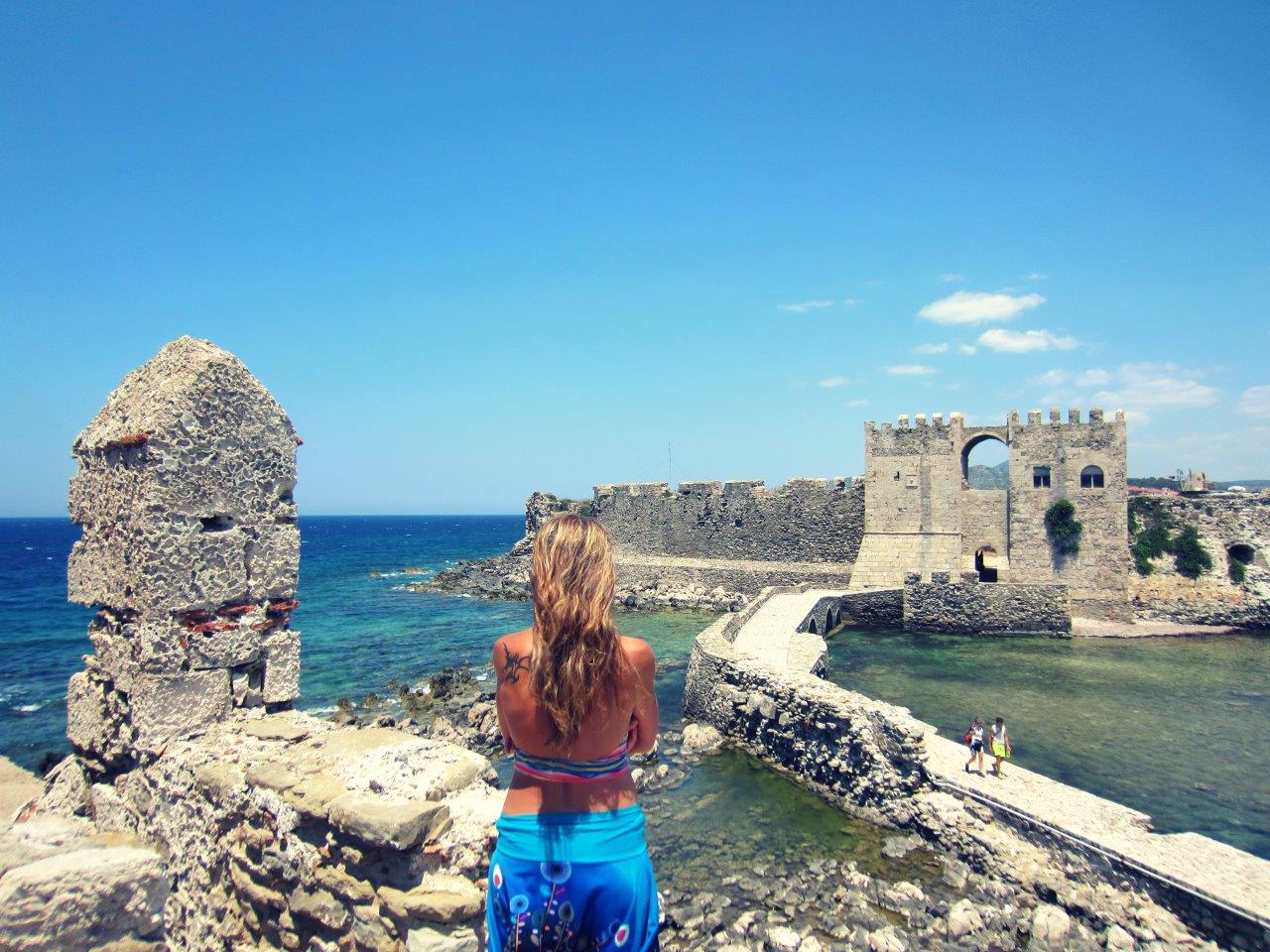
Should I visit mainland Greece, or the islands?
To begin with, let’s clarify one thing. The question “should I visit mainland Greece, or the islands?” has no right or wrong answer. Greece is an all-around beautiful country, and you can’t really go very wrong with your choices.
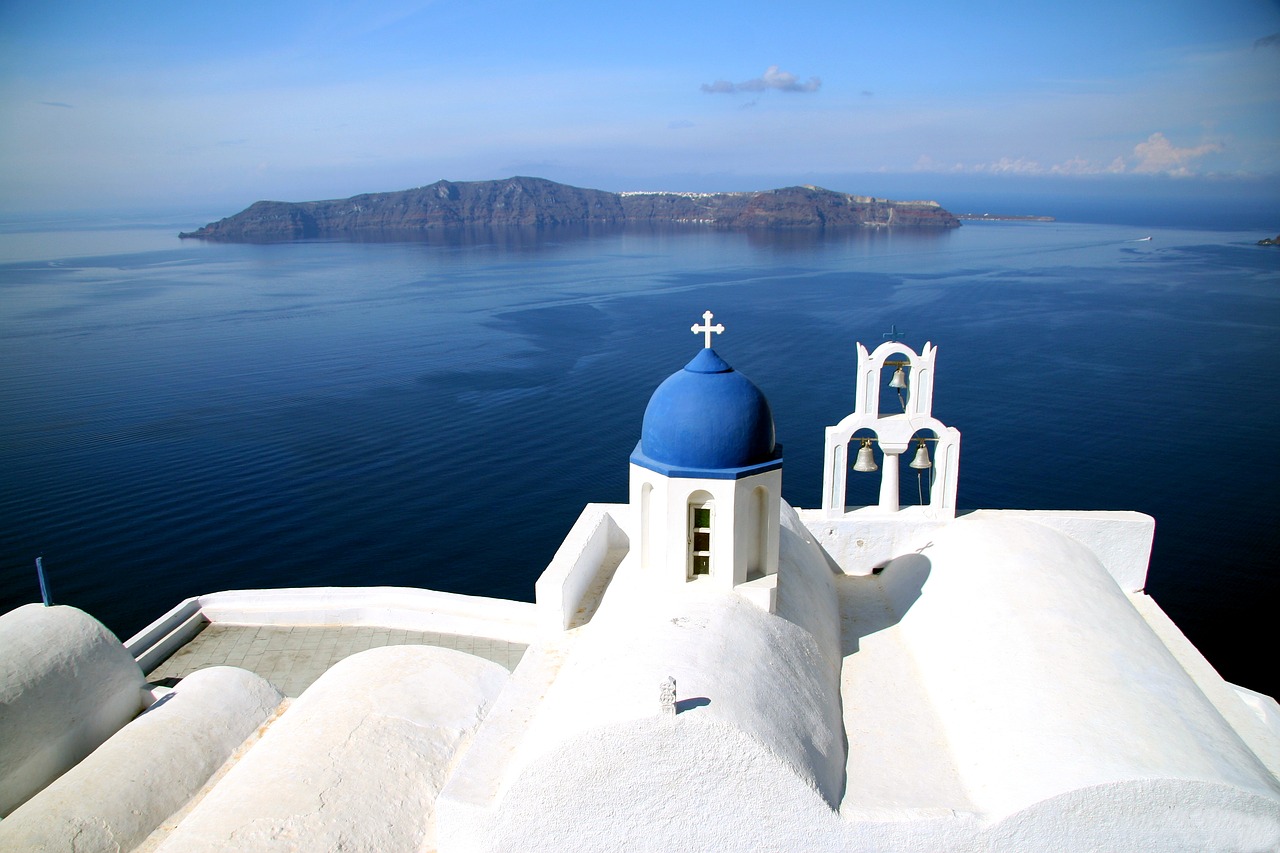
That said, before you decide where to go in Greece you should ask yourself a few questions.
As an example, you could consider whether you want to take a ferry or a domestic flight to one of the islands. You could ask yourself if you prefer to rent a car and go on a roadtrip, or use public transportation instead.
Understandably, the most important factor to consider is which parts of Greece you really want to visit.
Are you fascinated by the photos you’ve seen of the Santorini caldera? Did Meteora strike you as the one place you must absolutely see in Greece? Would you just prefer to go off-the-beaten track, where few other tourists venture?
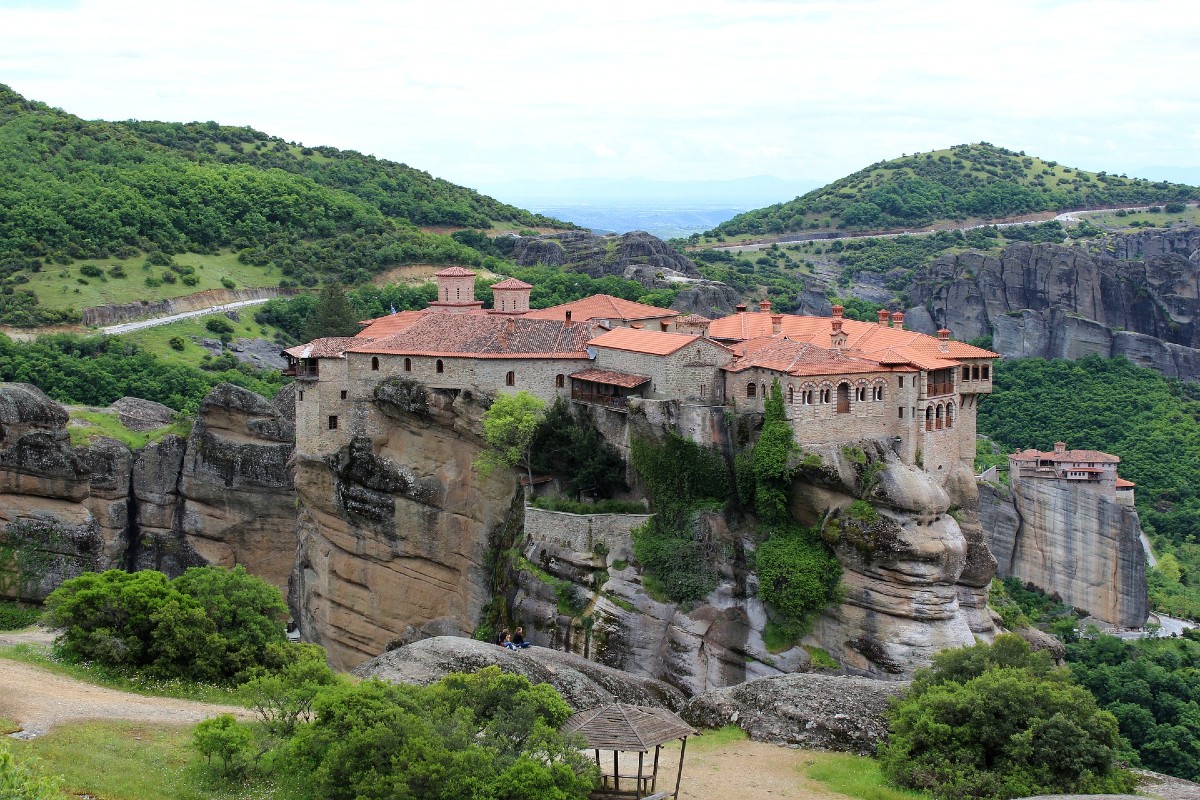
If you do a little research before your trip, the answer might just present itself.
Study the Geography of Greece
If you have never been to Greece, start by having a look at the map of the country. You will see that there is a large continental area, mainland Greece. To the east, the west and the south, you will notice several groups of islands.

Greece is divided in nine large geographical regions, of which six belong to the mainland. From north to south, you will see Thrace, Macedonia, Epirus, Thessaly, Sterea Ellada and the Peloponnese.
The remaining three regions are the islands. You will see the Aegean Islands, comprising several subgroups, the Ionian Islands and Crete. This article offers an introduction to the Greek island groups.
Getting from one part of the country to another might not be entirely straightforward. So my best advice is to limit the areas of Greece you want to visit, especially if you only have a few days.
Combining several areas, or several islands in different island groups, is not only time-consuming but can also be rather expensive.
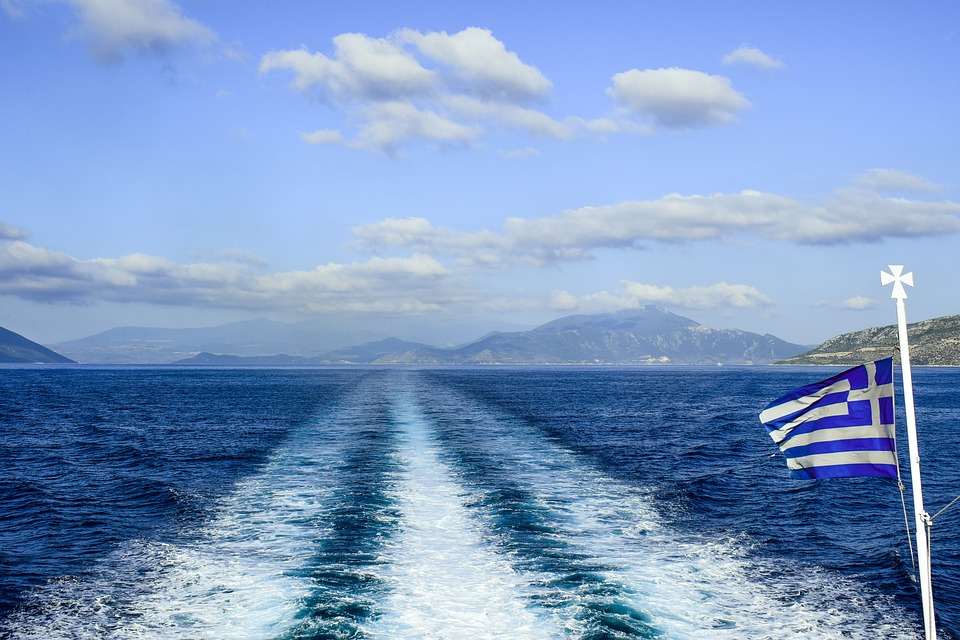
This article with travel tips for planning a trip to Greece might help you start building your itinerary. If you really want to visit several areas, or many different islands, your best bet might be an organized tour or a cruise, which will take the hassle away.
What is there to do on mainland Greece
Apart from certain areas, mainland Greece is probably not as a well-known destination as “the Greek islands”. Visitors are often surprised to find out that Greece not only has plenty of mountains, but also quite a few ski centres!
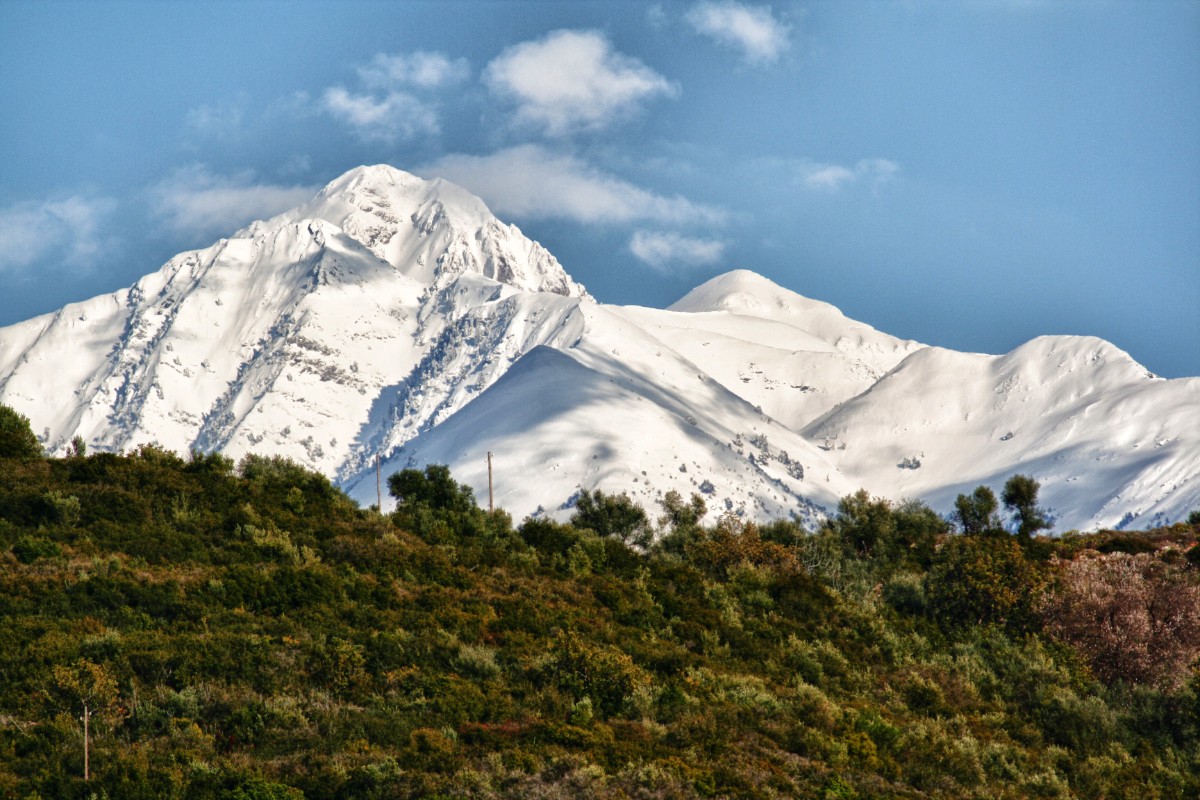
Assuming, however, that you are not really interested in winter holidays in Greece, there is plenty to do on mainland Greece. There are many amazing beaches, plenty of archaeological sites, and quite a few picturesque towns and charming villages.
As mentioned earlier, Greece is divided in six main geographical regions, each of which has its own character and appeal. Here’s a short introduction to those areas.
Athens – The capital
Greece’s capital doesn’t need a special introduction. It’s a bustling, busy city with lots to do, and tons of tourist attractions. The most famous attraction in Athens is the Acropolis.
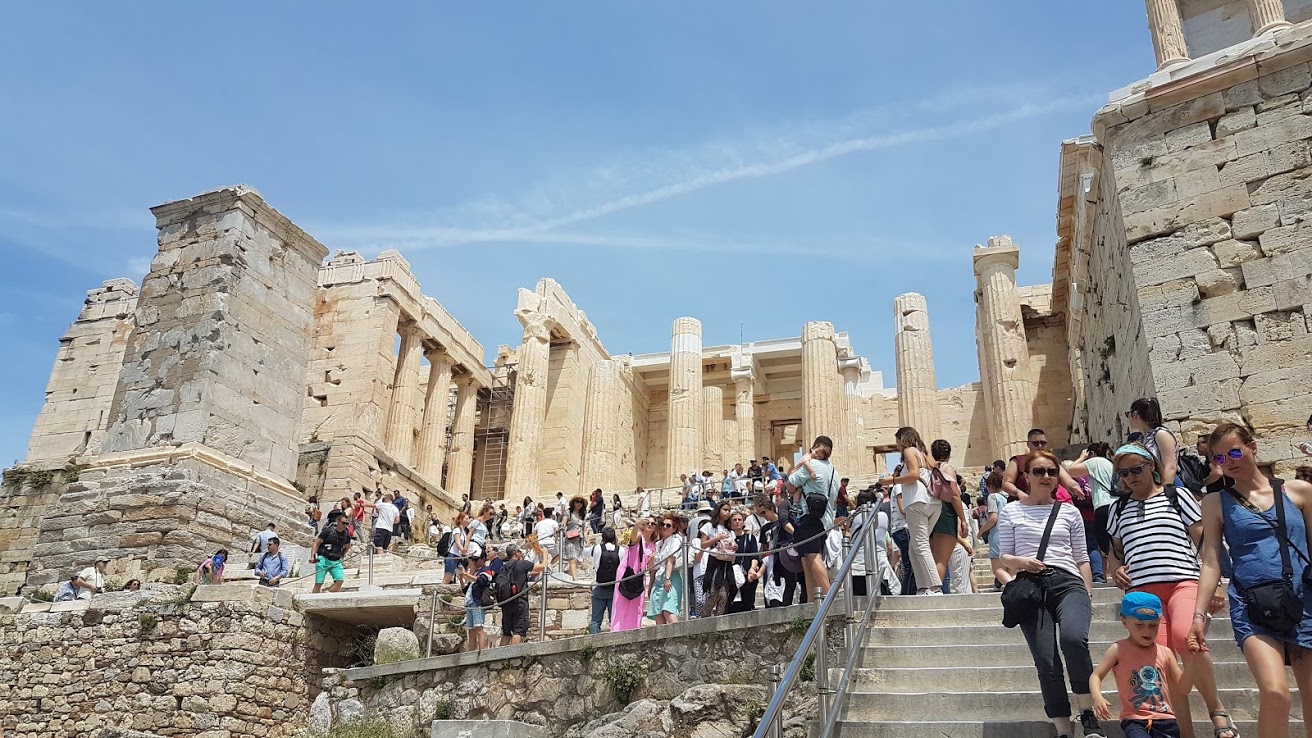
Apart from the ancient sites, Athens has several museums. It would take you several days to visit all of them.
In addition, budget-minded travellers will find a ton of free things to do in Athens, so they can easily spend a few days here.
Most people choose to stay in Athens for just a couple of days, and then head out to the islands or another area in Greece. Here are two articles that will help you plan your time in Athens:
Sterea Ellada – Ancient sites and unique Easter traditions
Sterea Ellada is the central region of Greece, sometimes referred to as Central Greece. It is the most populated region, as it includes the peninsula called Attica, where Athens is located.
However, there is a lot more to this region of Greece. One of the best known attractions in this area is Delphi. This amazing archaeological site is a popular day trip from Athens, and it’s totally worth it.
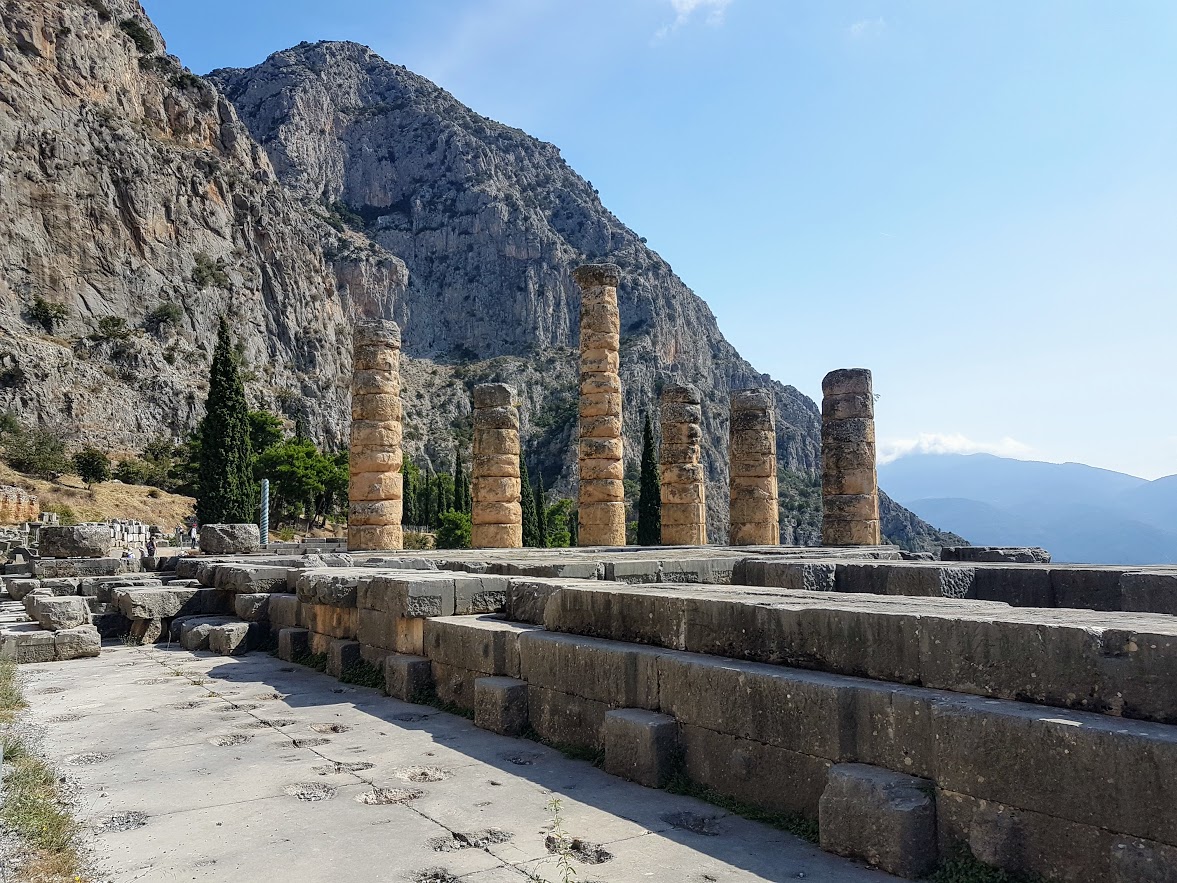
Visit with a guide, and you will find out more about the cult of Apollo and Pythia, the Oracle. Even though her prophecies were ambiguous, her advice was important to everyone.
Nearby Arachova has some pretty unique Easter traditions. It’s not like Easter is not celebrated in other areas of Greece. However, Arachova is pretty special when it comes to Greek Easter celebrations.
People who are visiting Greece during Greek Easter should absolutely consider visiting Arachova. It will offer a different perspective on Greek culture.
If you are looking for more remote places to visit, consider heading out to the mountains of Evritania. You will discover places you never imagined existed in Greece!
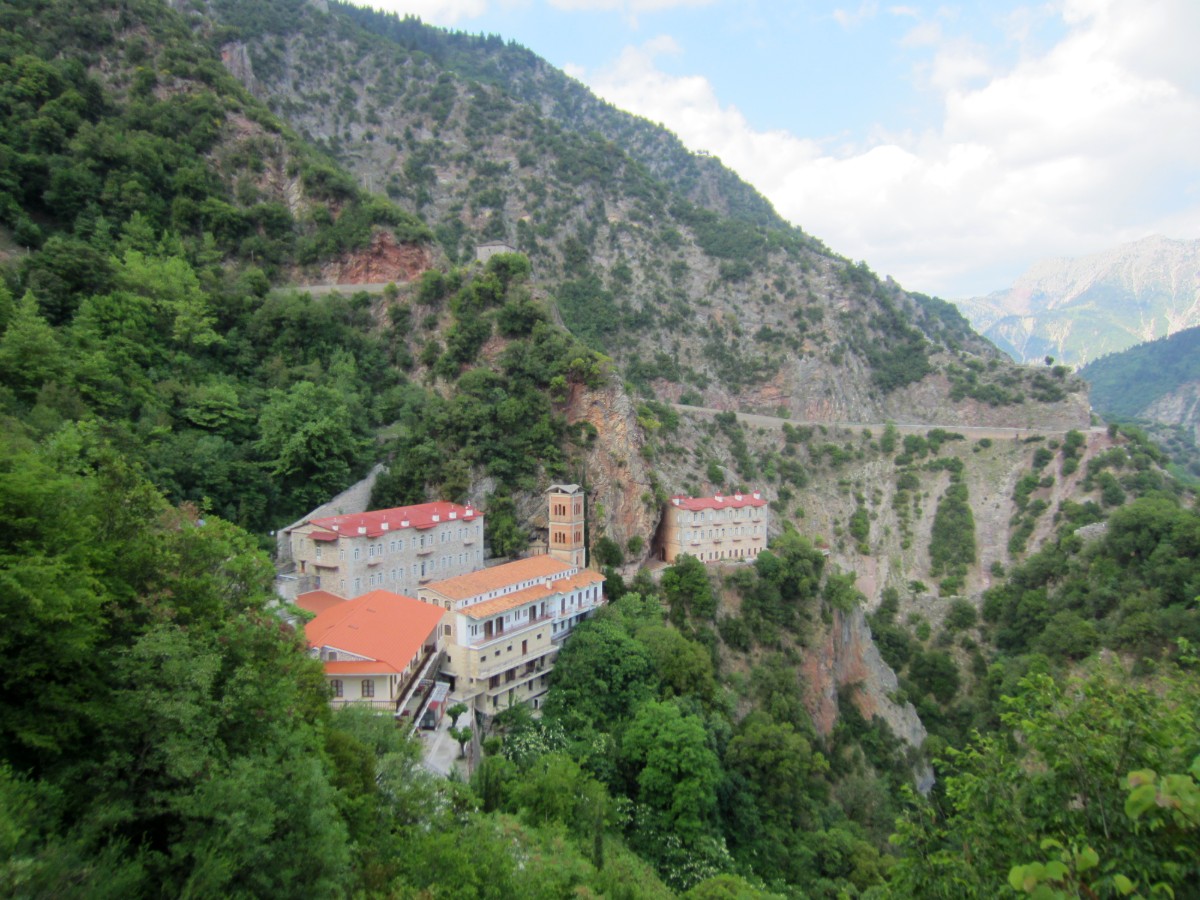
Overall, the region of Sterea Ellada deserves to be properly explored. There are many off-the-beaten track areas where you are unlikely to find any other tourists.
The Peloponnese – The quintessential Greece
I can’t imagine someone who wouldn’t fall in love with the Peloponnese. This is where some of the best known archaeological sites in Greece are located. It’s also where the Greek Revolution against the Ottoman Empire started.
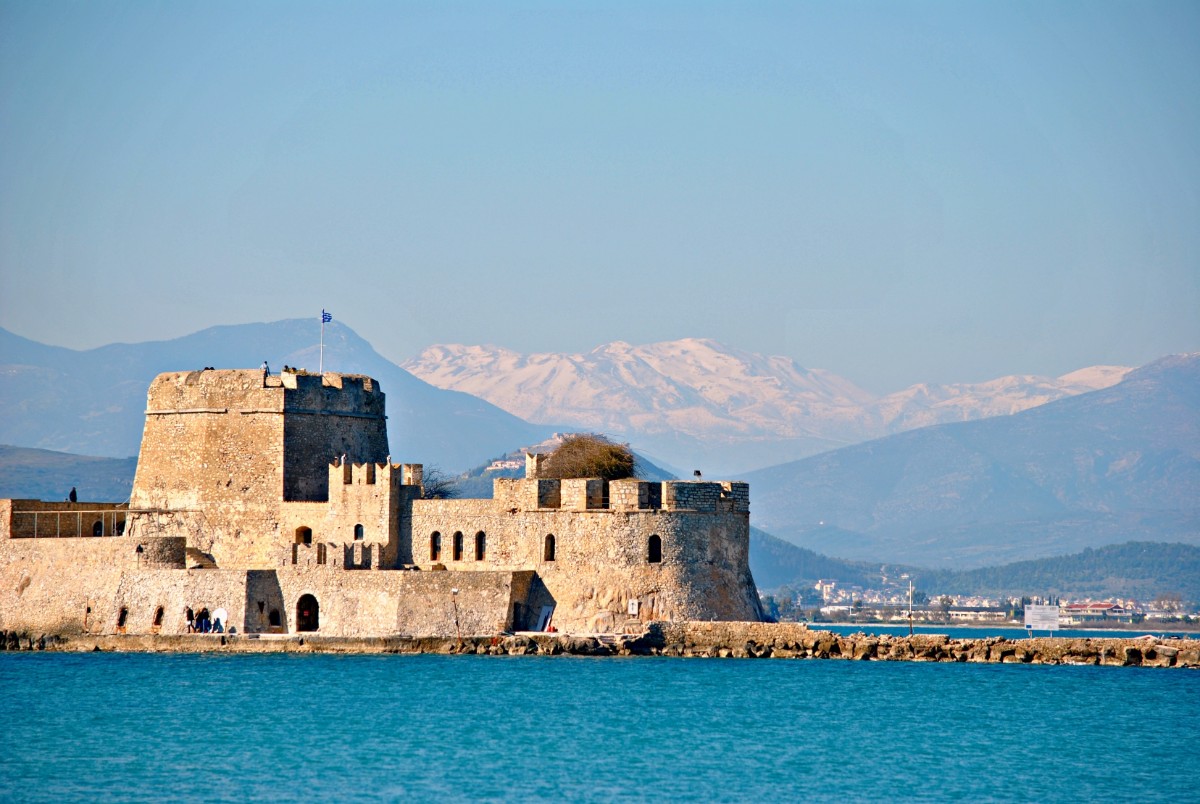
The Peloponnese simply has it all. There are mountains, hiking trails, wineries, archaeological sites, stone villages, dramatic landscapes and plenty of beautiful beaches.
You will find authentic towns, like Kalamata and Tripoli, but also popular coastal resorts, like Stoupa and Kardamyli. You can visit some of the prettiest towns in Greece, like Nafplion and Areopolis, but also lose yourselves in the depths of the wild, uninhabited Mani.
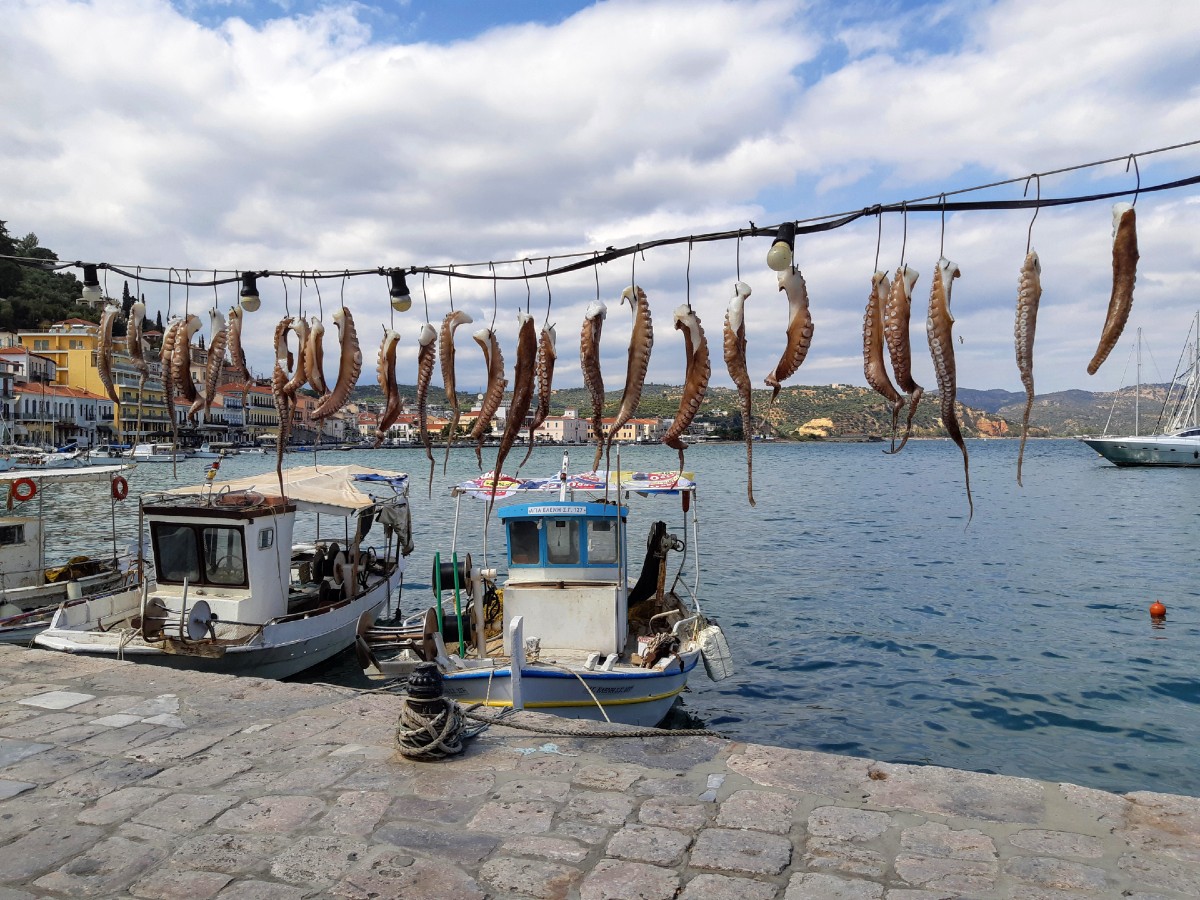
In terms of ancient sites, you will need to return to the Peloponnese if you want to see everything. The popular Mycenae and Epidaurus can be easily visited on a day trip from Athens, possibly with a stop at Ancient Corinth or Acrocorinth. However, there are many more ancient sites in the Peloponnese.
Visit the Ancient Olympia, where the first Olympic Games happened in 776 BC. Drive towards the south and explore Ancient Messene, a surprisingly quiet site with an impressive stadium. Discover the temple of Apollo Epicurius at Bassae, the first Greek monument to have been awarded the UNESCO status.
The Peloponnese is also home to sites from later eras. The fascinating Byzantine site of Mystras should definitely be on your list. You can also explore the castles of Methoni and Koroni, to the west, and Monemvasia, to the east.

Finally, Peloponnese has some of the most beautiful and diverse beaches in Greece. From the amazing Elafonisos, to the popular Finikounta and the long stretches of sand around the Kyparissia area, the Peloponnese has a beach to suit everyone’s taste. Just follow the coastline, and you will bump into one you will love!
Thessaly – Not just the Meteora monasteries
Thessaly region is home to one of the most visited tourist attraction in Greece, the Meteora monasteries. These monasteries built on top of some unique, wild rock formations, are really one of the most amazing things to see in Greece.
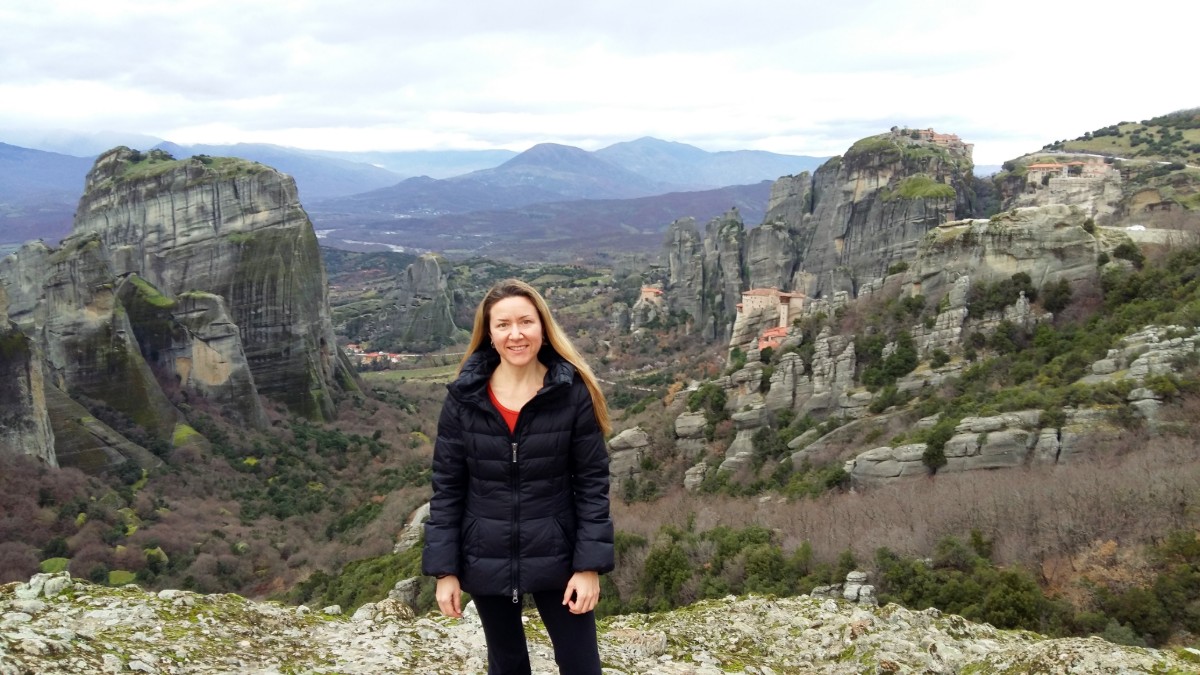
However, Thessaly has a lot more to offer. The vibrant town of Trikala is one of the most pedestrian-friendly towns in the whole of Greece. Larisa and Volos are also very lively, and you will find that nightlife is pretty active.
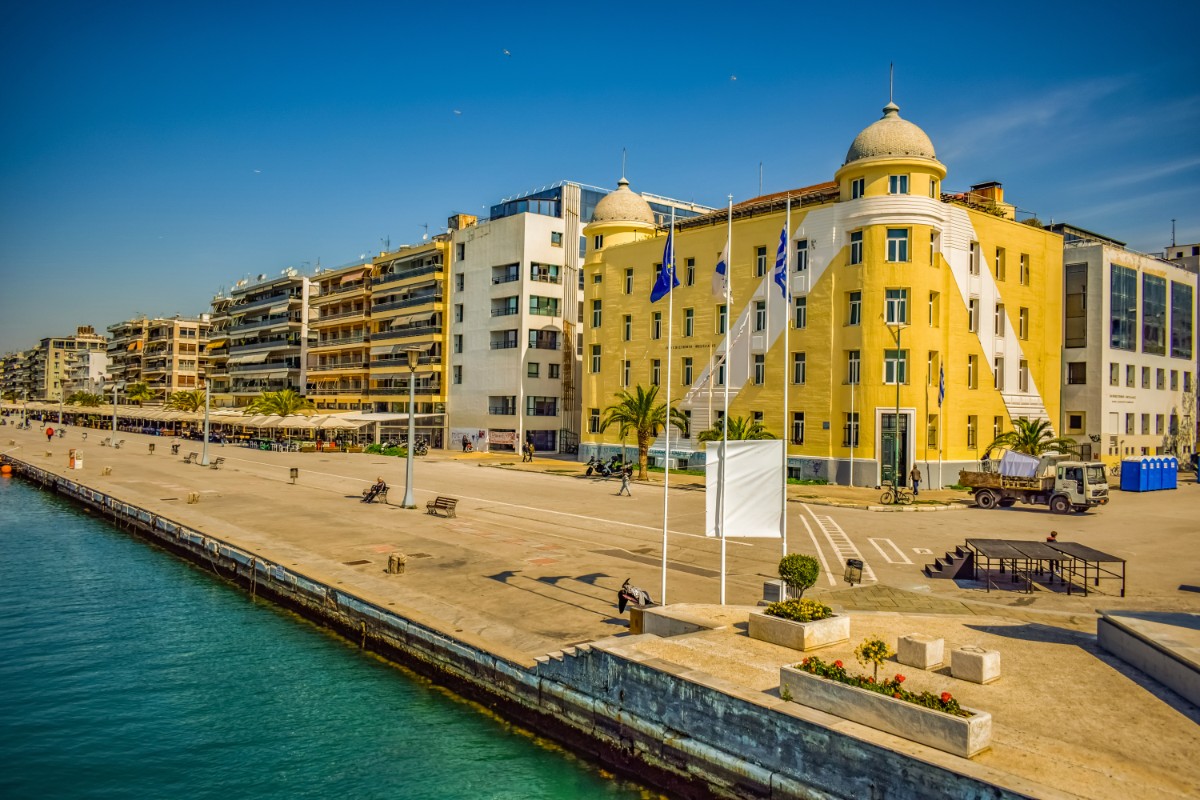
The Pelion peninsula is a popular destination for Greeks, and not only. In summer, you can visit the beautiful beaches, and go hiking around the beautiful nature. If you visit in winter, you will see an entirely different side, as snow is quite common.
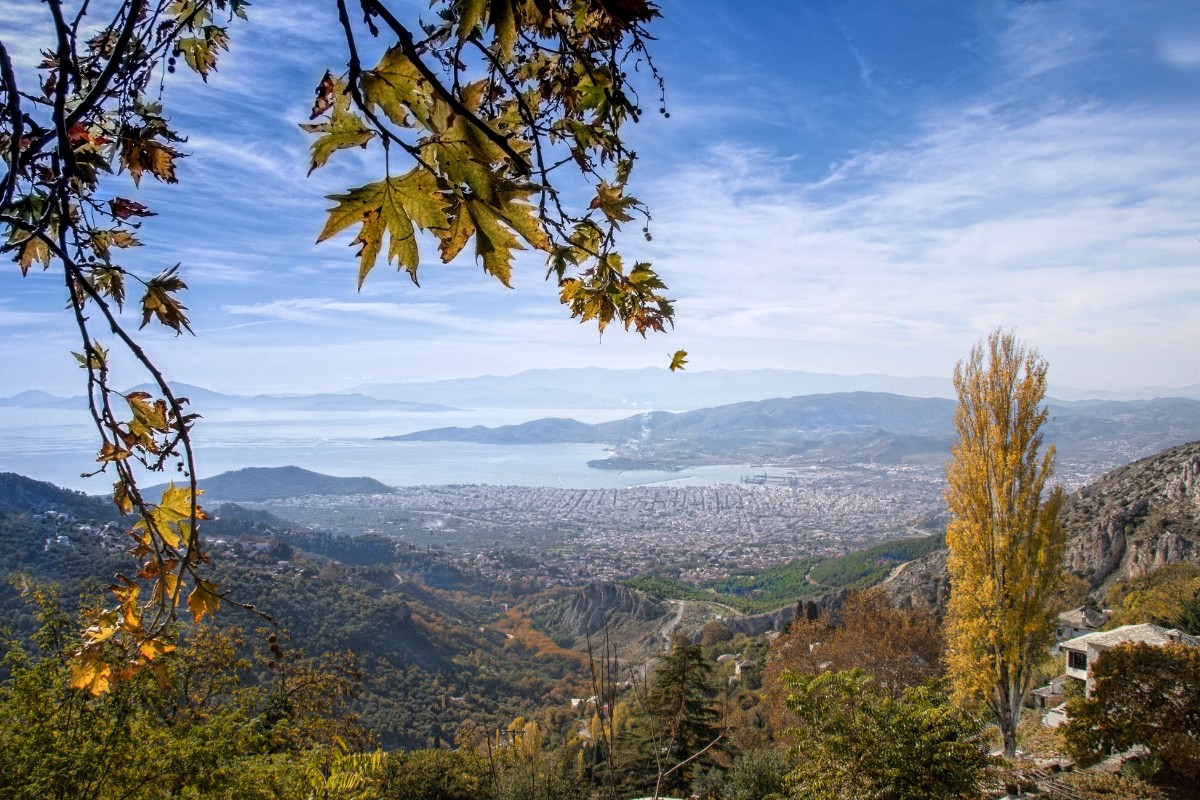
Another favourite destination in Thessaly is Plastira Lake. Visit in autumn, and you will be impressed by the colours and the ambiance! Similarly, you can reach some of the smaller villages, Elati and Pertouli, that keep their cool even in summer.
If you are visiting Thessaly by all means go to Meteora, but do take some time to explore some towns that few tourists have time to visit. You will see a side of Greece that you never knew existed.
Epirus – The land of a thousand faces
An unexpectedly beautiful area of Greece, Epirus is largely mountainous. It has many rivers, lakes and gorges, but it also boasts some of the most beautiful beaches in Greece. You will find beautiful traditional villages, incredible stone bridges, castles and monasteries.
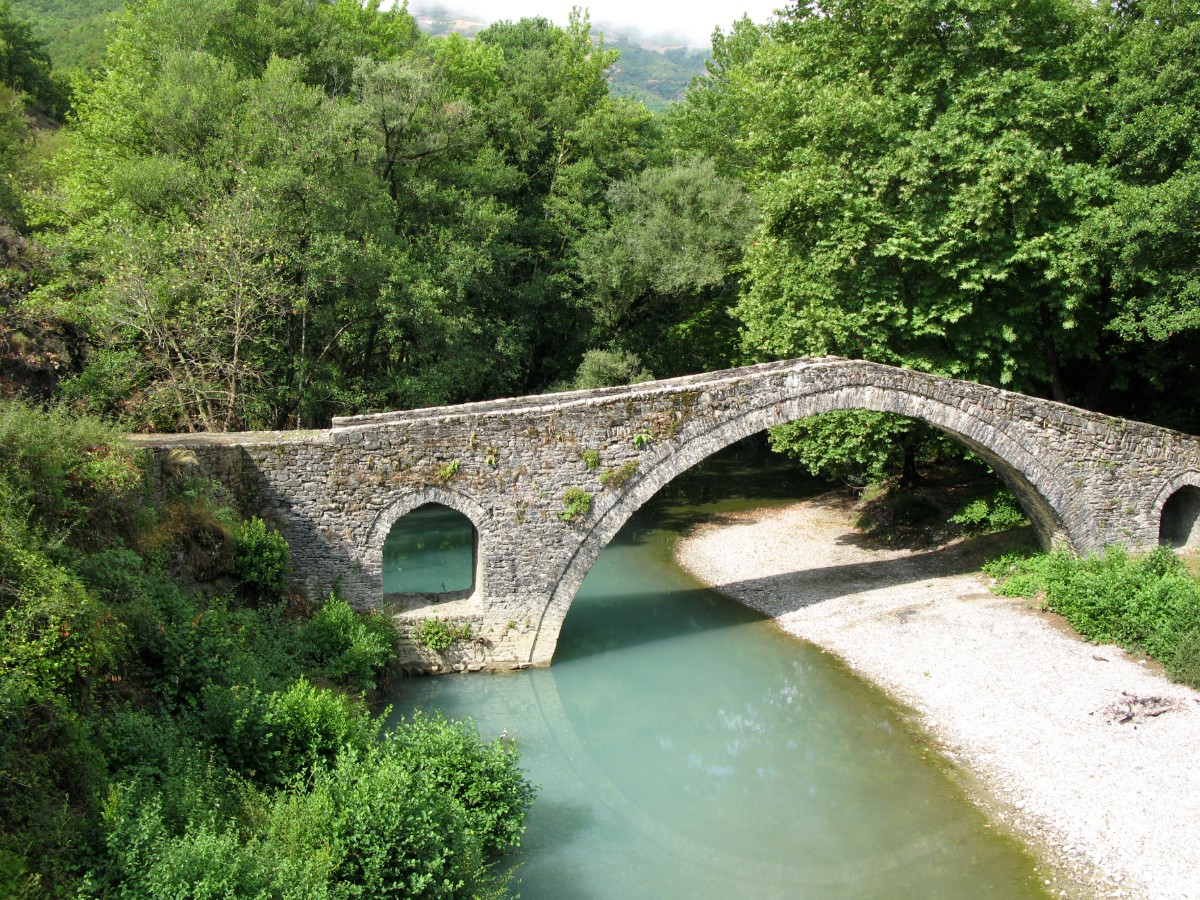
Epirus is really an all-year-round destination. You can go up all the way to the traditional Zahorohoria, Metsovo and Tzoumerka villages, and explore a part of Greece that not many people get to see. Alternatively, you can stay by the coast, at the most popular resorts of Parga and Syvota, with blue-green waters.
In terms of towns, you should definitely spend some time in Ioannina. It’s a picturesque town with an interesting history, built right on a beautiful lake.
Take some time to visit the castle, the Byzantine Museum, and the little island inside the lake. Stroll around the cobbled streets, sit at one of the numerous cafes and just watch the people go by.
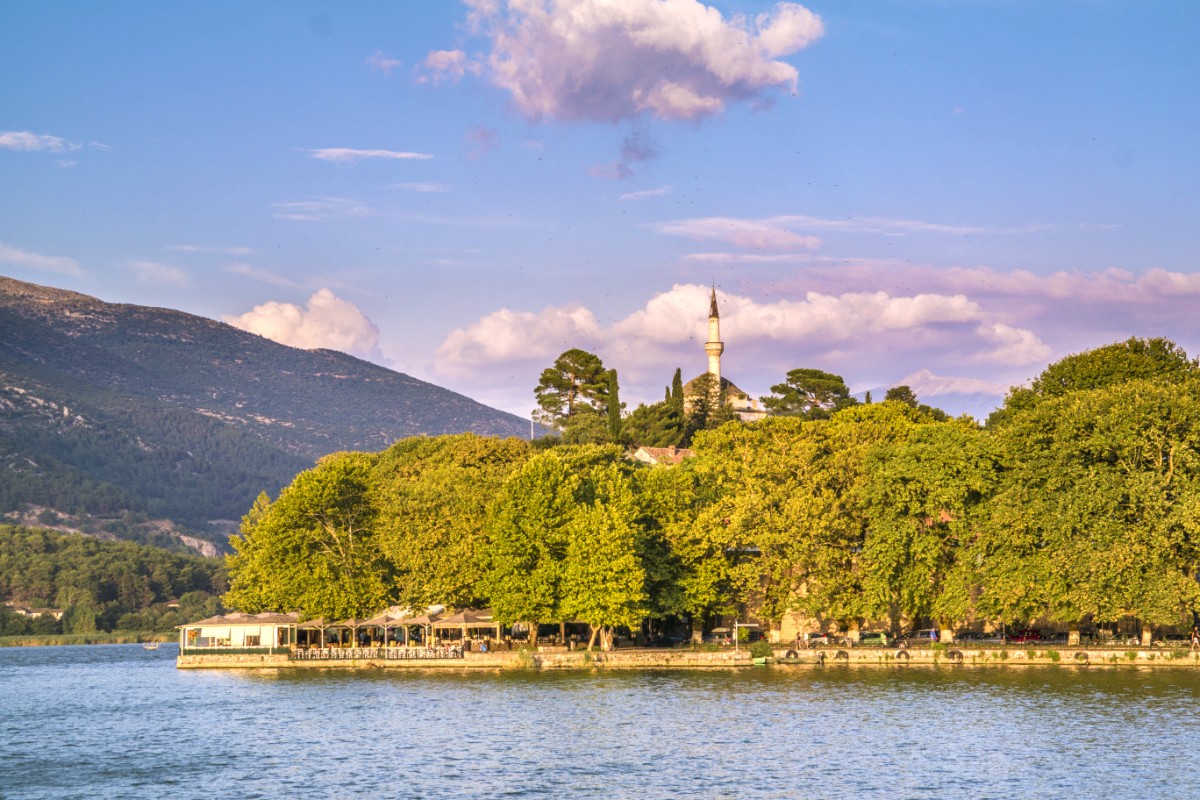
If you are interested in ancient history, make sure you visit the Nikopolis Ancient Theatre, and the Nekromanteion at Aherontas. This was one of the Gateways to Hades in Ancient Greece, where the mortals came to communicate with the dead.
Depending at the time of year you visit Epirus, you can go kayaking, white-water rafting, or river trekking. Whatever you do, don’t miss hiking around Voidomatis river – the landscapes are out of this world!
If you have only been to a couple of the Greek islands, you will never believe that Epirus is still the same country.
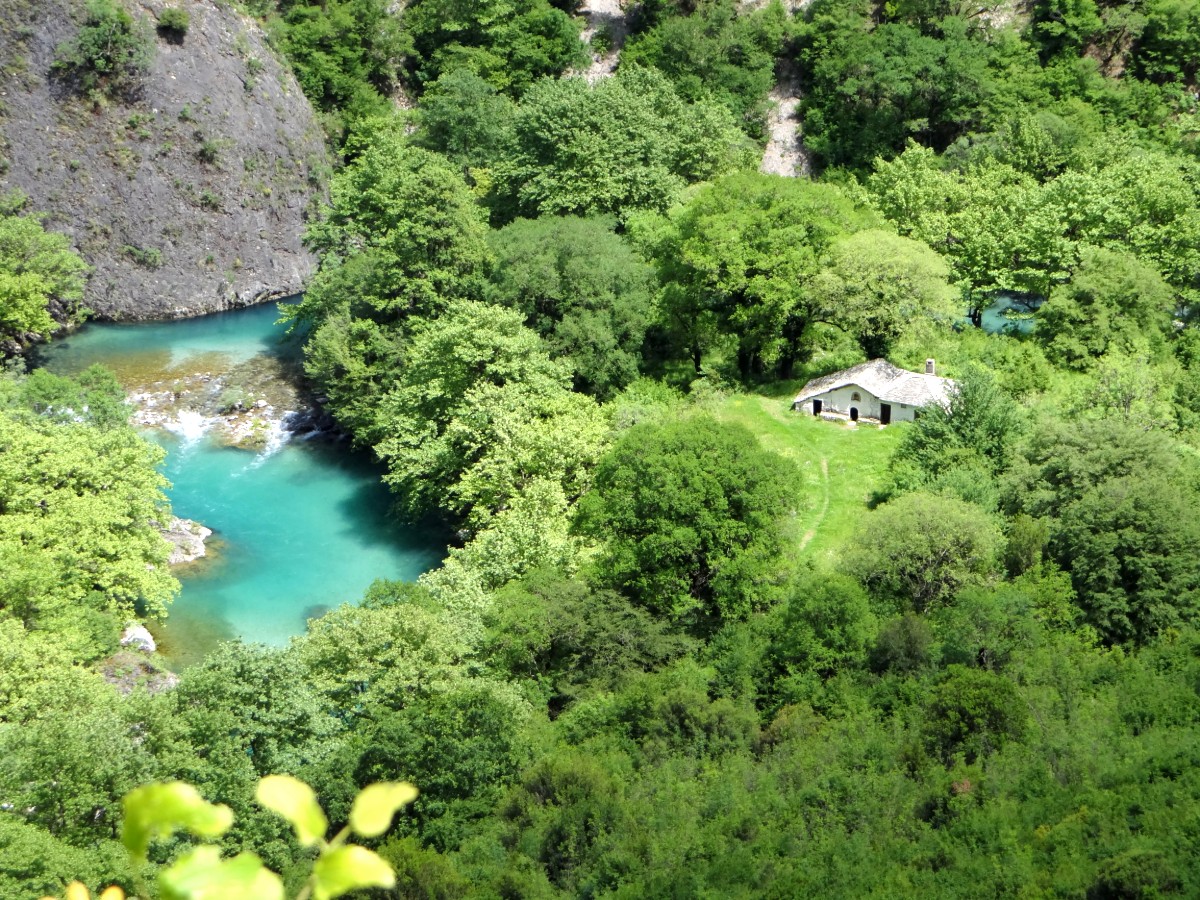
Visit Epirus if you want a combination of quaint mountain villages, pretty towns and lovely beaches. You will experience a totally different side of Greece.
Macedonia – What’s in a name?
You may be familiar with the name Macedonia, and the Macedonia naming dispute. Even if you aren’t, you will probably have heard of Alexander the Great, the king of the ancient Greek kingdom of Macedon.
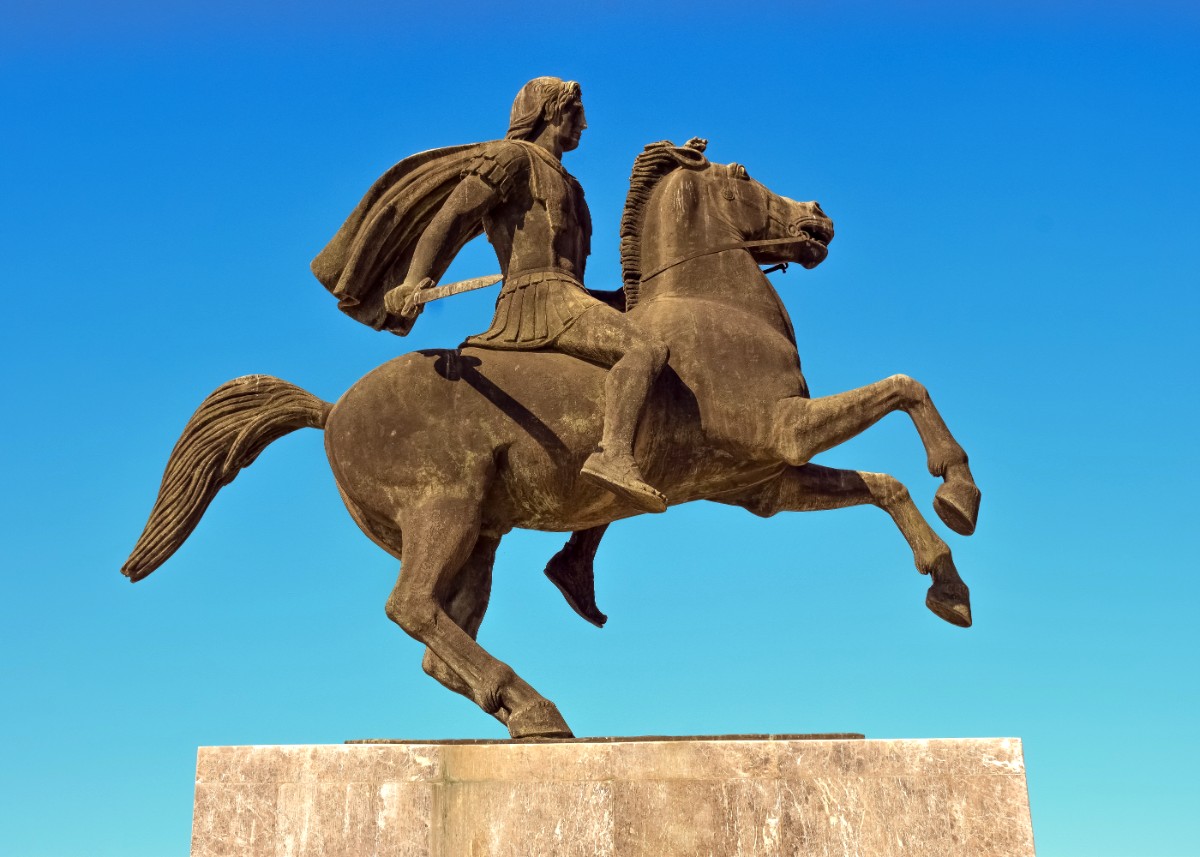
The name “Macedonia” has been linked to Greece for thousands of years. The Ancient Kingdom of Macedon covered parts of a few modern countries – Greece, Bulgaria, Northern Macedonia, Albania and Serbia.
Many visitors are unaware that modern Greece’s largest geographical region has been called Macedonia ever since the area was annexed to our country, in 1913.
What to do in Macedonia Greece
This region of Greece has a long and rich history. This is where you will find the remains of numerous important ancient Greek cities, such as Vergina, Filippi, Pella and Dion. This is also where you will find Mount Olympus, the mythological residence of the 12 Olympian Gods.
The most important city in Macedonia is Thessaloniki. It’s a fascinating city with tons of ancient ruins, excellent museums, a beautiful upper town and dozens of churches, Byzantine temples and mosques.
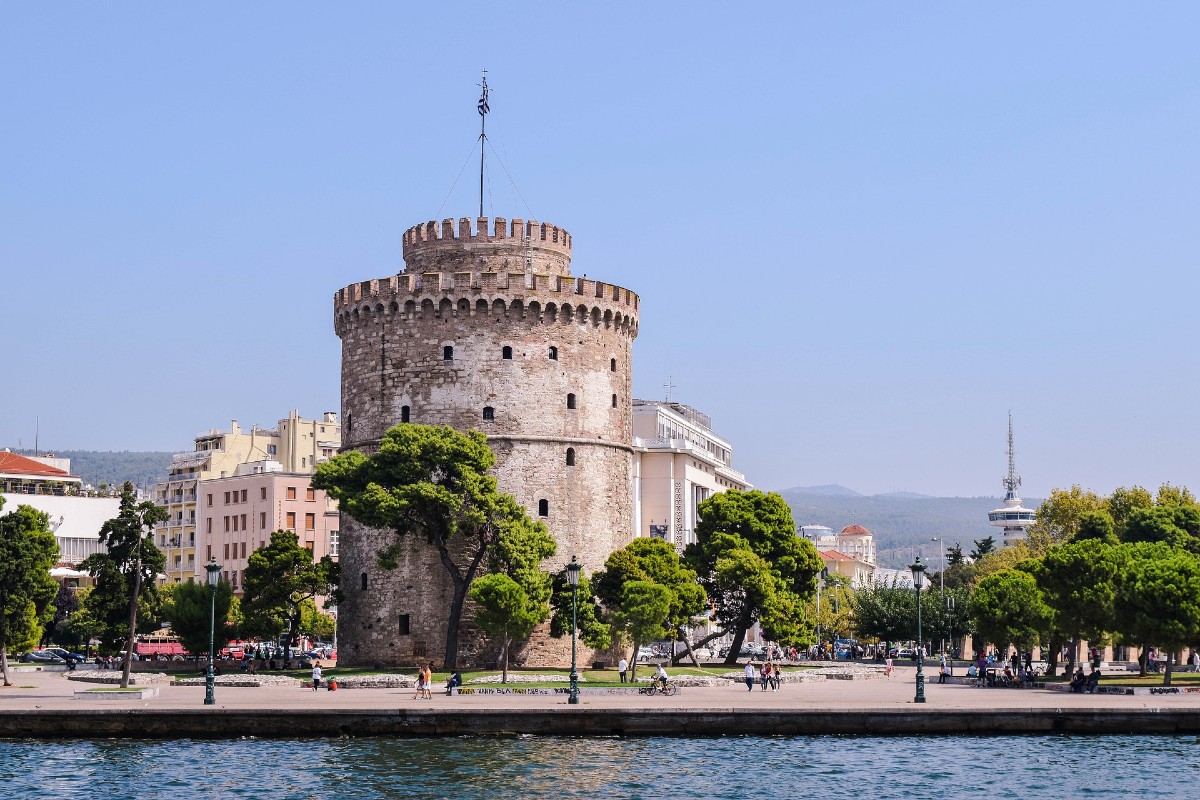
Additionally, it has fantastic traditional markets, a lovely coastal promenade and a vibrant nightlife. From exhibitions to festivals to cultural events, there is always something going on in Thessaloniki!
Thessaloniki has an international airport, and you can fly there year-round. Here is how to get to Thessaloniki city center from the airport.
Beaches and nature in Macedonia
If you are a beach person, Macedonia won’t disappoint you. The beautiful beaches of Chalkidiki are some of the best in Greece. According to the people of Thessaloniki, “there is no place like Chalkidiki”!
Macedonia is also full of mountains and lakes, and it’s ideal if you want to get off the beaten track. Skiers will be delighted to find out about Seli, Vasilitsa, Kaimaktsalan and Tria Pente Pigadia ski centres.
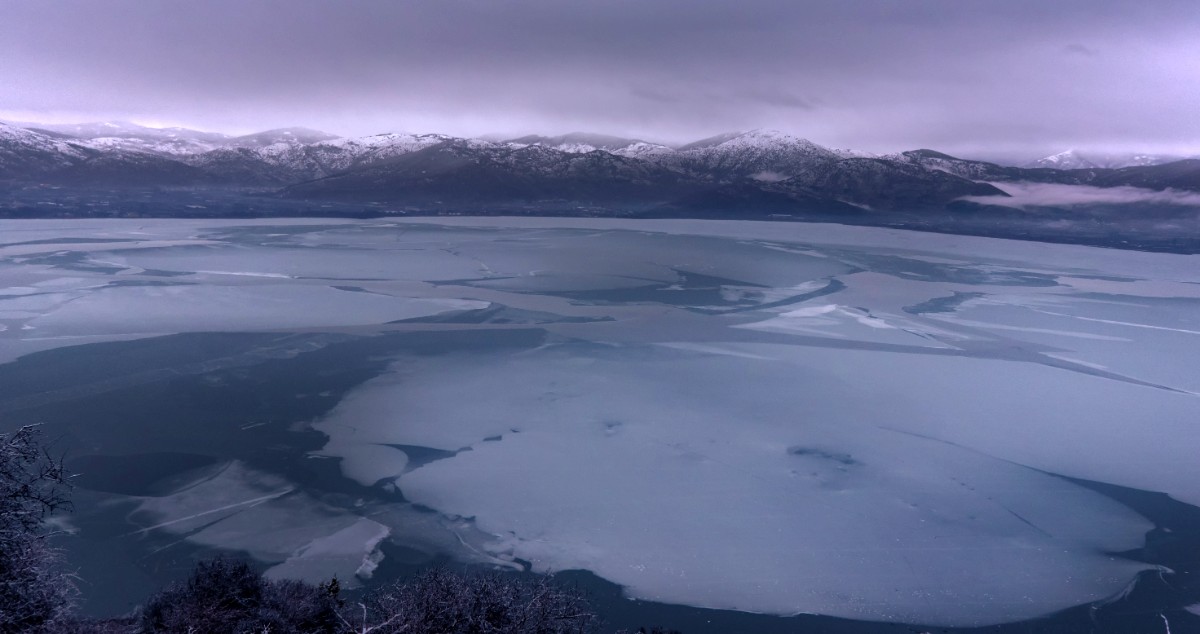
A unique place in Macedonia is Mt Athos, a peninsula full of monasteries. Mt Athos can be visited only by men, and you need to plan and reserve your visit well in advance.
Macedonia is a great destination if you want to visit Greece beyond the beaten track. You will love it if you have a special interest in Roman and Byzantine history.
Thrace – The unknown Greece
The small area of Thrace in Greece is unknown not only to visitors, but also to many Athenians and other people who live in south Greece. In fact, the name Thrace refers to a larger geographical area, shared by Greece, Bulgaria and Turkey.
If you visit Thrace, you will be surprised with the different traditions and cultures, that you won’t see anywhere else in Greece.
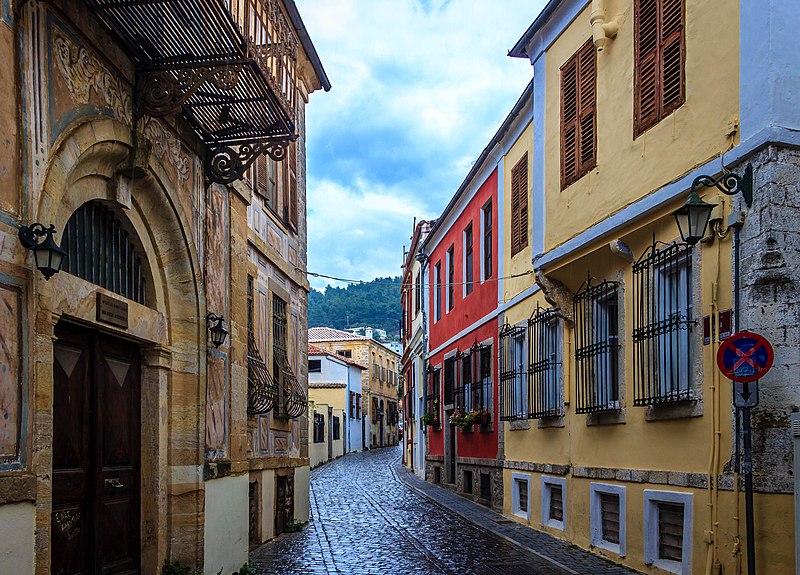
By Serge Traveler – Own work, CC BY-SA 4.0, Link
Thrace is home to large Muslim populations, as well as to people of Greek and Pontian origin, who moved here with the collapse of the Soviet Union, in the early 1990s. There are also other minorities, such as the Pomakoi. All these people speak a number of different dialects and have their own local customs.
Thrace is an area full of beautiful nature, forests, mountains, and off-the-beaten-track hiking paths. If you decide to visit the unknown Thrace, rent a car and drive to Nestos river, lake Vistonida, a Natura 2000 area, and Delta Evrou.
You will discover quite unique ecosystems and rare animals and birds. Did you know that Greece has flamingoes, wildcats and jackals?
The small, picturesque towns, Xanthi, Komotini and Alexandroupoli, are simply enchanting. Wander around the tiny cobbled streets, and explore the interesting architecture, a mix of Balkan and neoclassical styles.
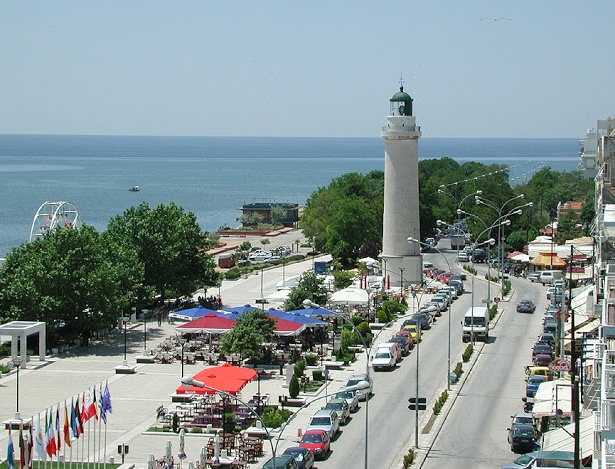
By Spiridon Ion Cepleanu – Own work, CC BY-SA 4.0, Link
Thrace is an ideal destination if you want to visit the unexplored Greece. It’s a unique place where you will feel that time has stopped – and you may even feel you are in a different continent.
What is there to do on the Greek Islands
Visitors often refer to “the Greek islands” as if they were a small group of islands close to each other. It couldn’t be further from the truth!
The Greek islands are three large groups of islands split into several smaller subgroups. Every group of islands has its own character. I bet that each of your friends who has been to Greece will have their own favourite.
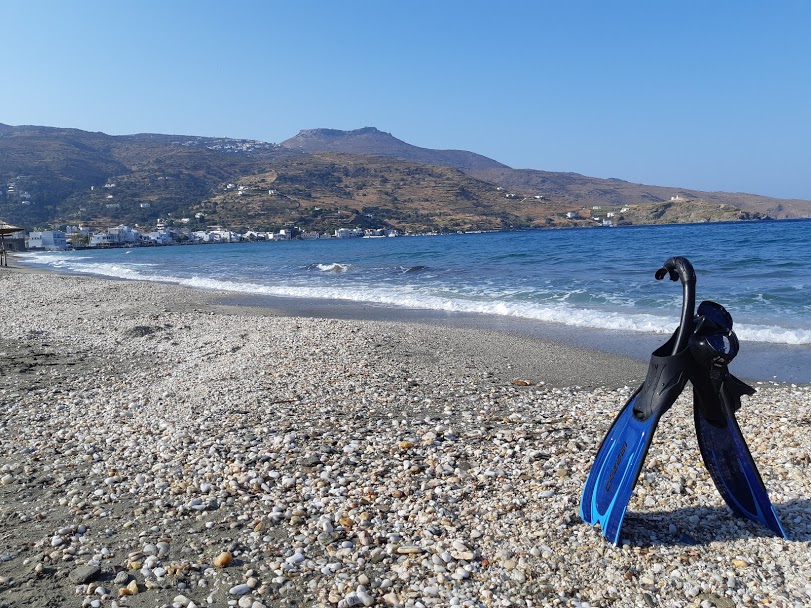
Arguably the most famous group of islands in Greece are the Cyclades. This is the group to the east of mainland Greece, which includes Santorini, Mykonos, Milos, Naxos, and about 20 other major islands.
While the majority of the Cyclades are rocky and dry, the Ionians and the Sporades are more fertile and green.
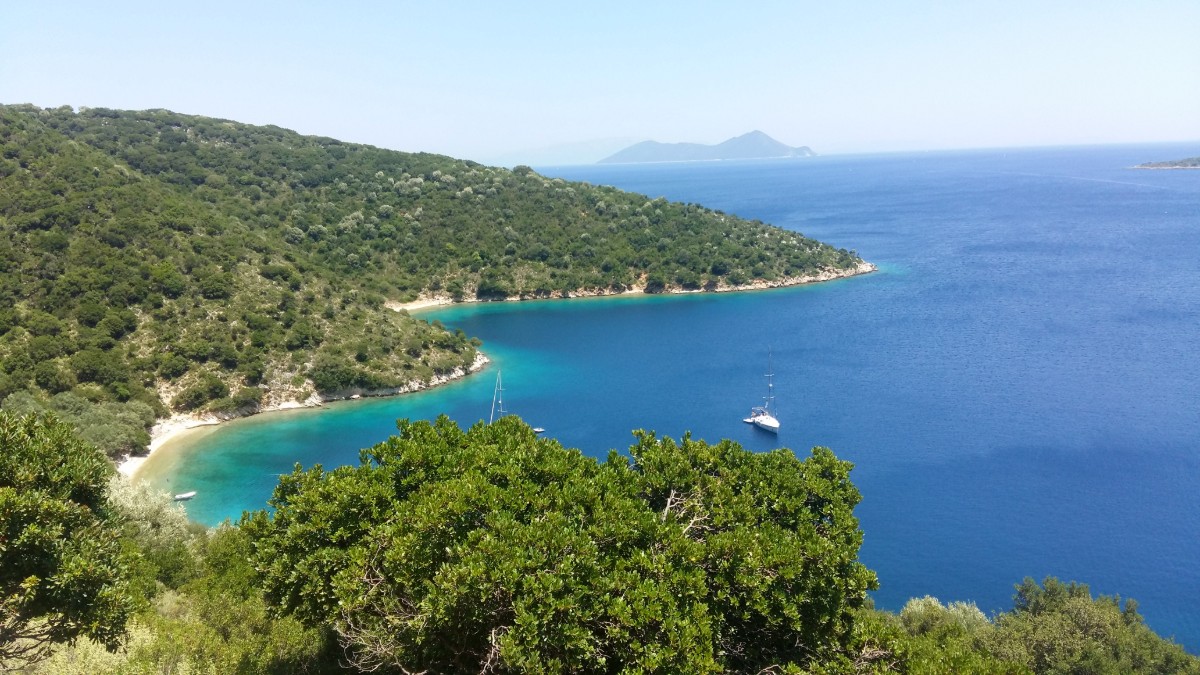
Naturally, most of the islands are great for swimming and spending time on the beach. That said, Santorini doesn’t have the best beaches in the Cyclades.
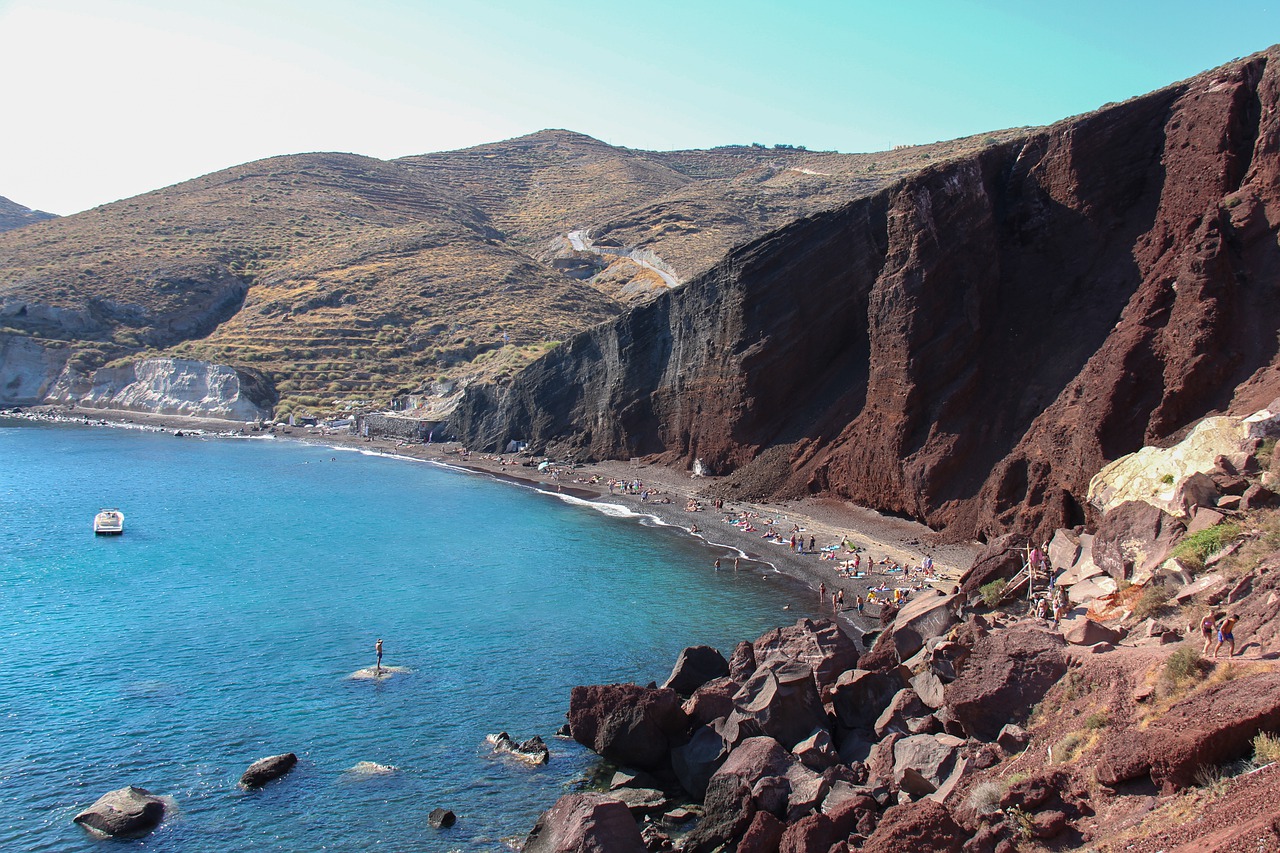
If you are visiting in summer, I strongly suggest combining Santorini with at least another island. If you are mostly after beaches, I strongly recommend Milos, Naxos and Lefkada in the Ionian side.
Some islands, like Mykonos, Zakynthos or Ios are known for their nightlife. Others, like Tinos, Corfu or Chios are known for their picturesque towns and villages.
Many of them have some ancient ruins, with Delos island being the most famous one.
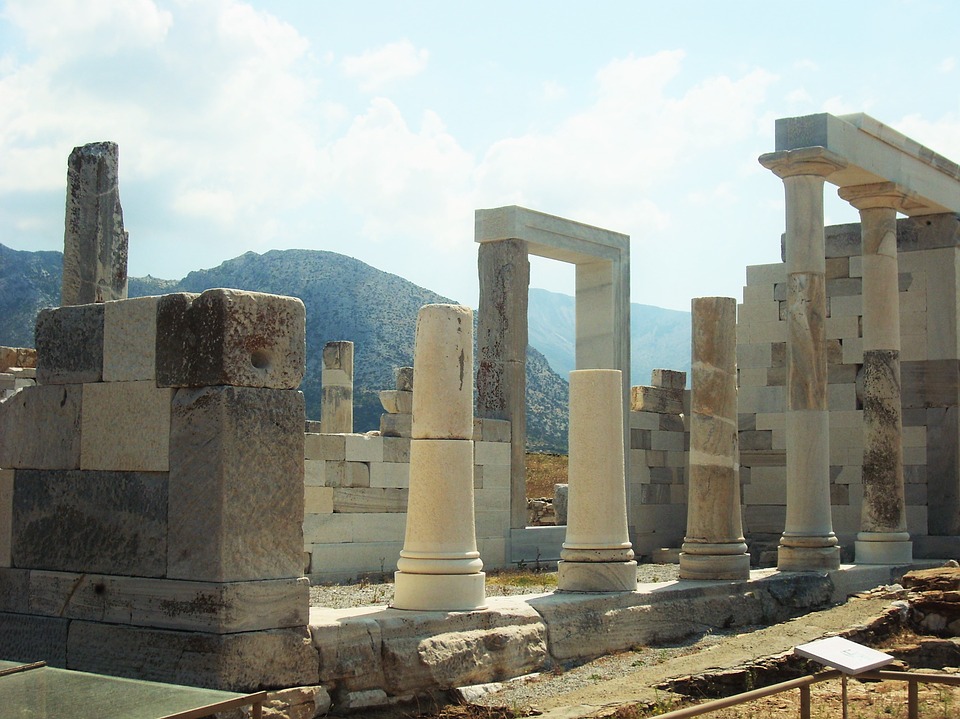
Architecture, landscapes and regional dishes vary a lot from each island to the next, even among islands that belong to the same group.
The biggest Greek island – Crete
An island that is beyond any comparison is Crete. It combines everything a visitor might be after when taking a holiday in Greece.
If you are going to this big island, try to allow two weeks at a minimum. Otherwise, just concentrate on a single area, as Crete has lots to do.
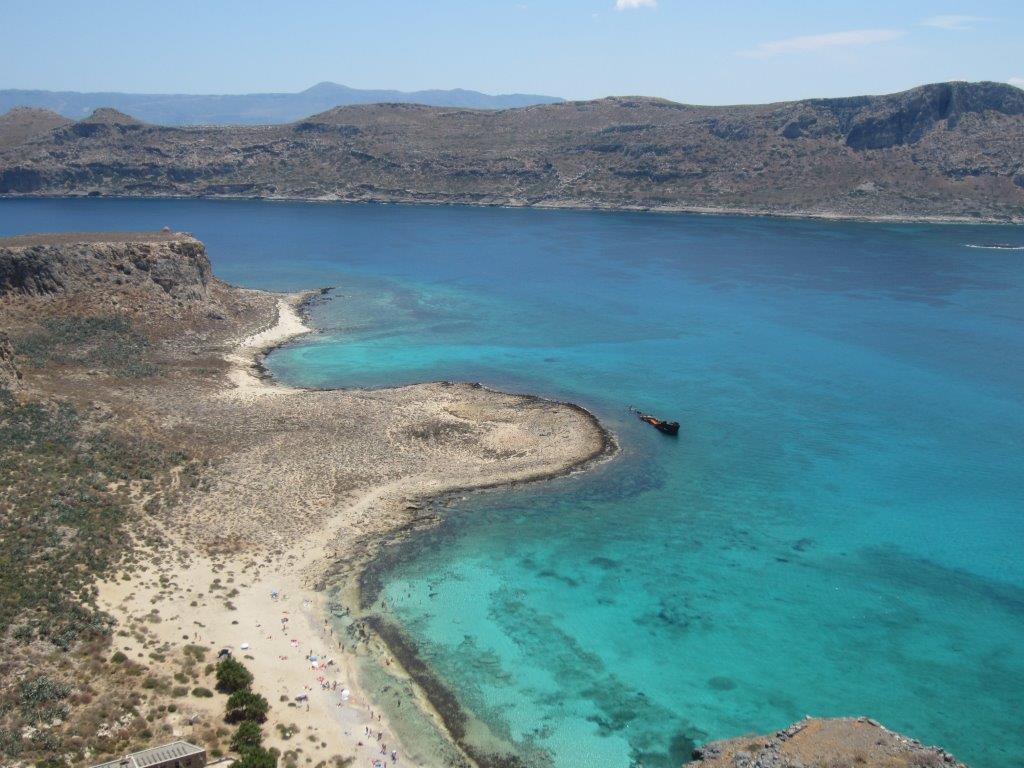
My best advice is to spend some time exploring the main cities. Chania should definitely be on your itinerary, though you should be prepared for large crowds coming out of cruise boats if you visit in summer.
It’s a charming coastal town, and you can easily spend a few days here.

Even though many people will try to put you off Heraklion, I completely disagree. Heraklion combines the city feeling with life on an island, and it’s a lively place all year round. Furthermore, it has one of the best archaeological museums in Greece.
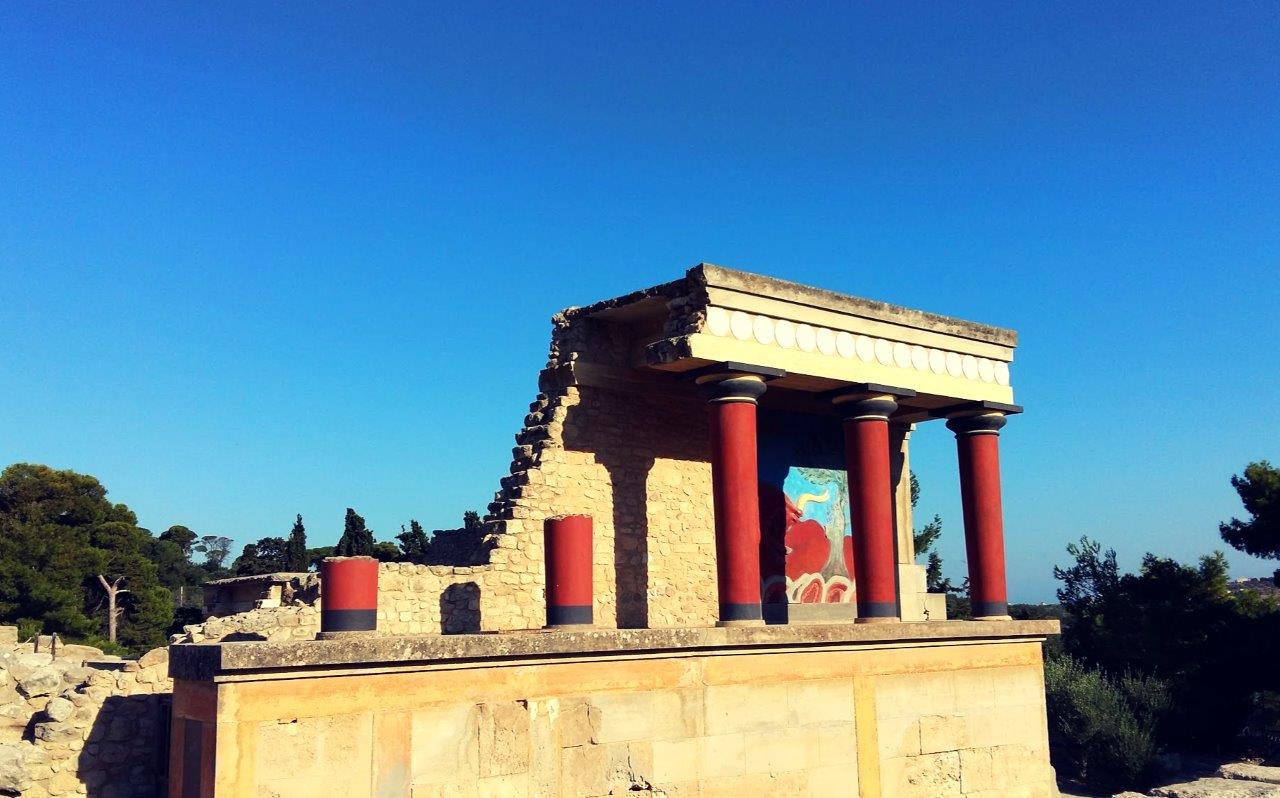
Rent a car and explore the amazing beaches, the fascinating ancient sites of Knossos, Festos and Gortyna, the mountain villages and the delicious, authentic Cretan culinary tradition. There is just one minor problem – Crete will set your expectations very, very high!
Greece mainland vs the islands
As you can see from all the above, choosing where to go in Greece isn’t exactly an easy choice. There are beautiful places all around the country, and every region has its own charm.
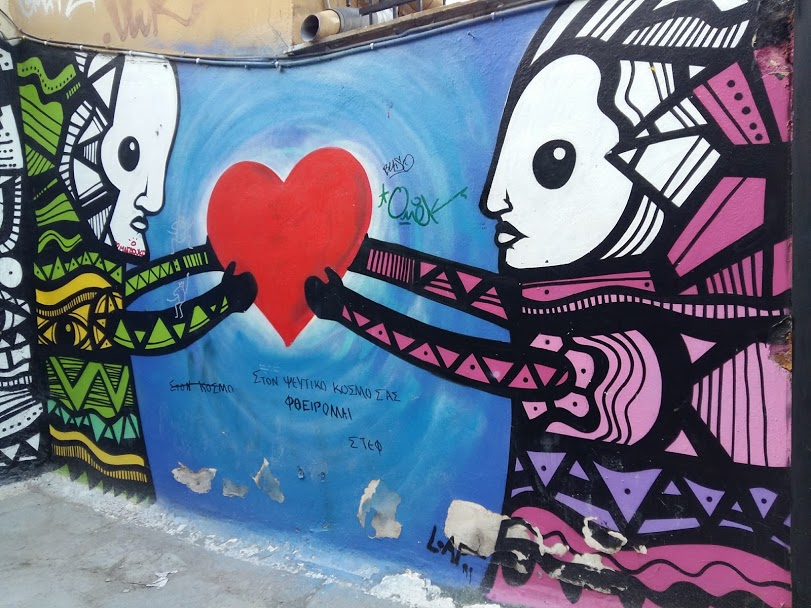
If you are a first time visitor and you really want to tick off the most important tourist attractions, your best bet is to combine some of the mainland with the islands.
Visit Athens, Delphi, Meteora and Santorini, and see if you have time for another island or two. This will give you an idea of Greece’s diversity, and chances are that you will start planning your next trip straightaway!
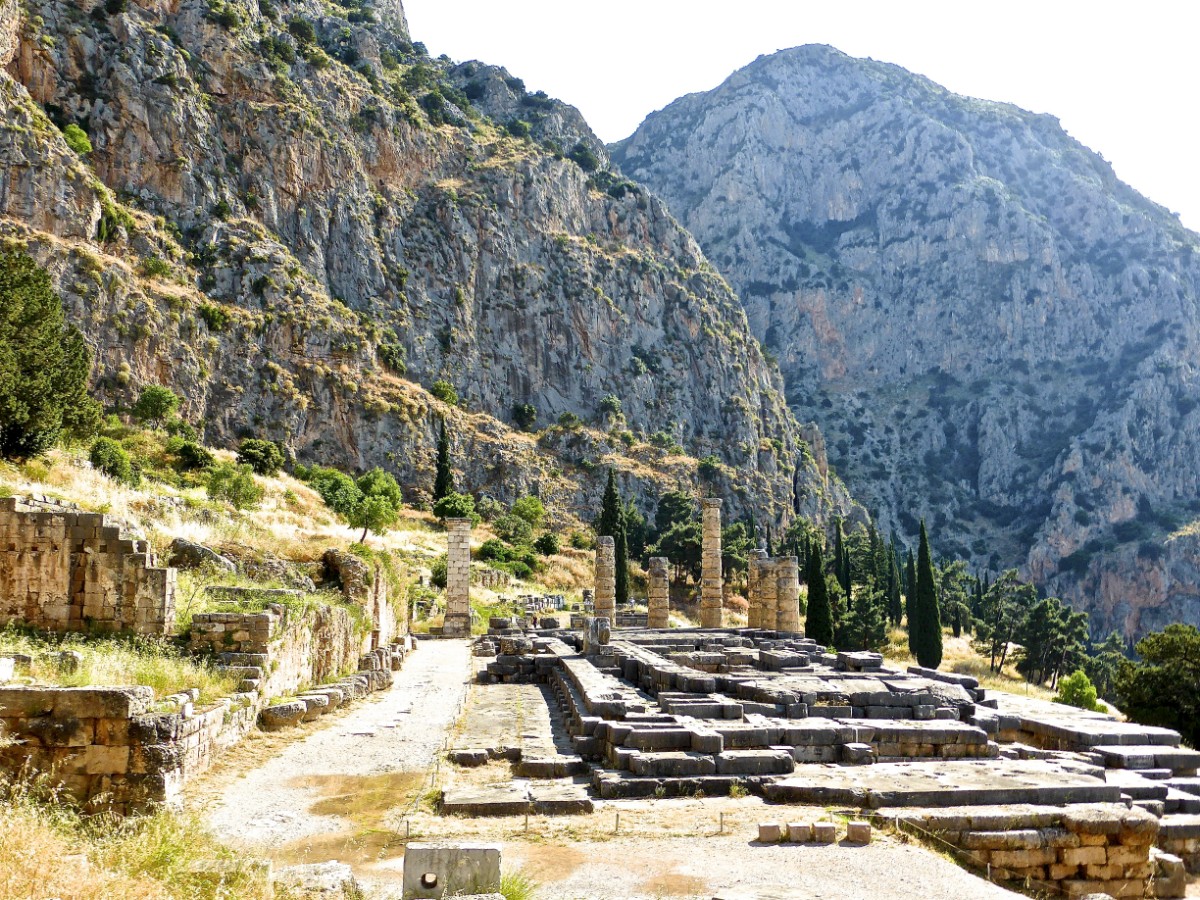
If you are happy to drive, you can take a road trip through the Peloponnese. This is one of the easiest areas to explore, as it’s close to Athens, and there are plenty of routes you can take to cover one, two or more weeks.
If you prefer smaller, more compact places and are keen on exploring many beaches, you can choose to visit some of the islands. Island hopping used to be very popular back in the 80s, and is now a lot easier due to the fast ferries.
The easiest islands to hop around are the Cyclades and the Dodecanese – though if you only have a few days I don’t recommend you visit more than two or three islands.
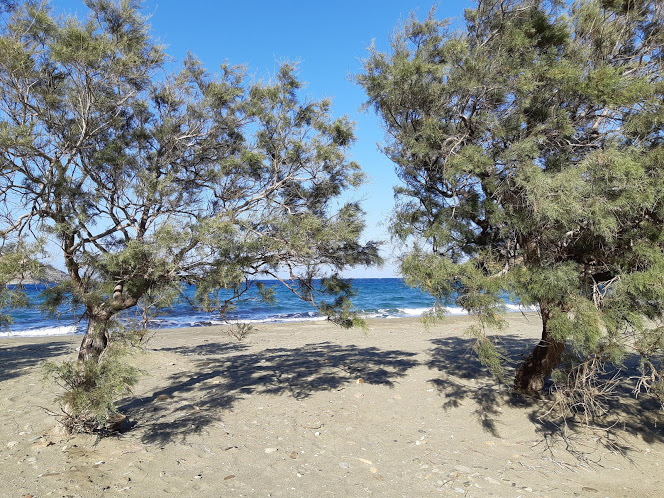
All in all, every visitor will find their own favourite places to visit in Greece. Even though the islands are charming, the mainland can also be quite fascinating, partly because some parts are not easily visited.
There are absolutely no areas of Greece where I wouldn’t like to go back. And I still haven’t been to all of them!
Frequently asked questions about the Greek island vs the mainland
Here are some questions I often get from people visiting Greece:
Which part of Greece should I visit?
Greece is an extremely diverse country in terms of landscapes, architecture and culture. Every part of Greece is worth visiting. First-time visitors often choose the best known destinations, like Athens, Santorini, Delphi and Meteora.
Where should I stay in Greece mainland?
Some of the most common places to visit in mainland Greece are Athens, Meteora, Delphi, Ioannina and Thessaloniki. In addition, Peloponnese has popular areas like Nafplio, Gythio, Monemvasia, Kalamata and Mani.
How many days do you need in Greek Islands?
Greece has over 100 inhabited islands, and a few thousand uninhabited ones. It would take you years to explore all of them properly! If, like many visitors, you have ten days on the Greek islands, you could visit two or three of them.
What is the nicest Greek island?
Ask ten people, and you are likely to get ten different answers. Islands that visitors rate highly include Santorini, Mykonos, Naxos, Paros, Crete, Rhodes, Kos, Kefalonia, Corfu, Zakynthos, Skiathos, Samos, Thassos, and many more.
Which is the prettiest and quietest Greek island?
There are many Greek islands that would fit this description, and they are all pretty remote. Some of them include Iraklia, Schinoussa, Donousa, Sikinos, Anafi, Tilos, Symi, Chalki, Agathonisi, Kastellorizo, Ithaca, Kythira and Alonissos.
Your opinion – Greek islands, or mainland Greece?
Have you been to Greece? Do you have a favourite region where you’d go back in a heartbeat? Let me know in the comments!
Next read: Facts about the flag of Greece
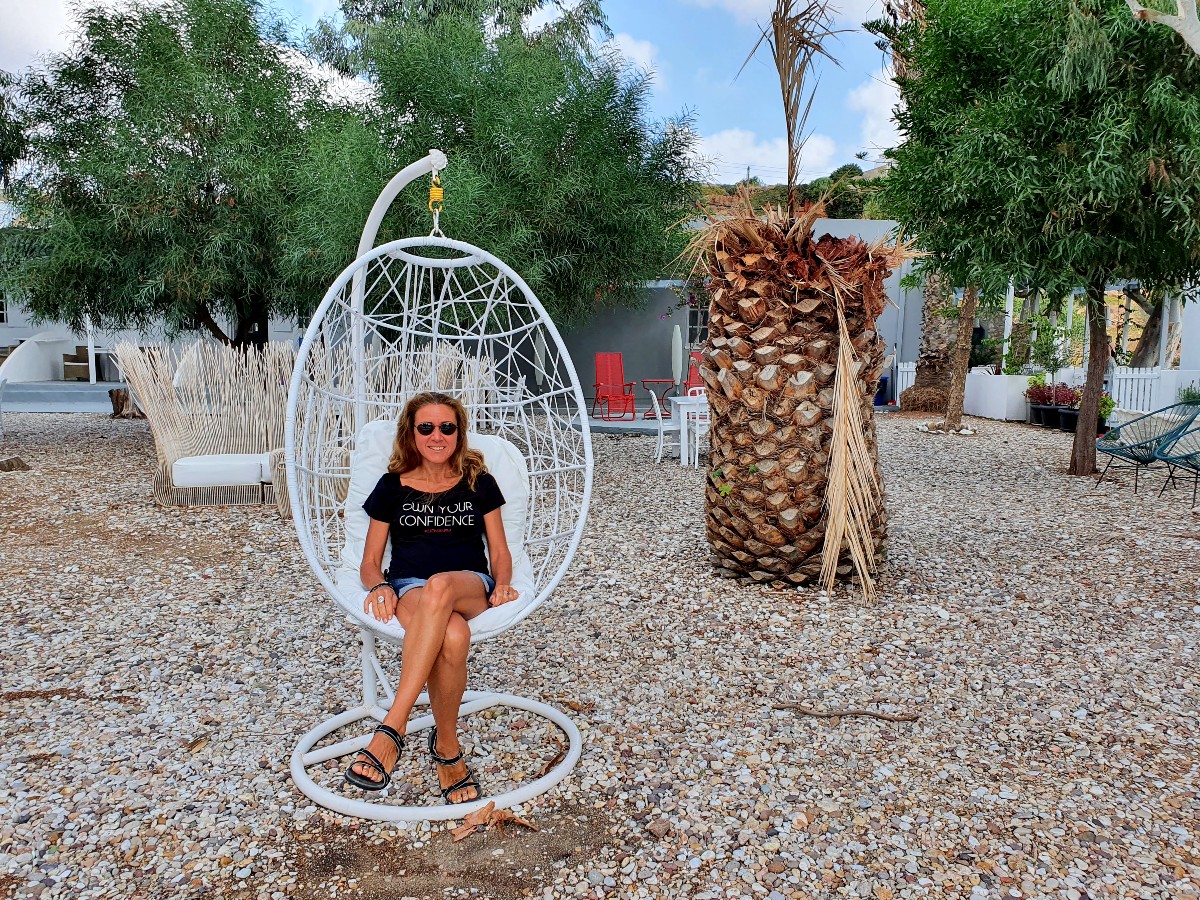 Hi! I am Vanessa, a travel writer from Athens. I love exploring Greece, both the islands and the mainland. If you have any questions, post them right below, or get in touch on the Real Greek Experiences FB page and FB group.
Hi! I am Vanessa, a travel writer from Athens. I love exploring Greece, both the islands and the mainland. If you have any questions, post them right below, or get in touch on the Real Greek Experiences FB page and FB group.
